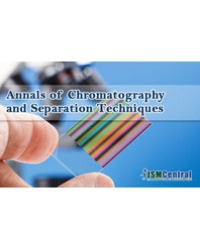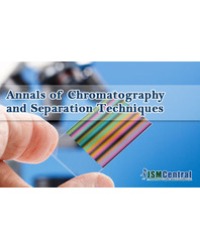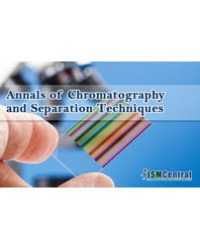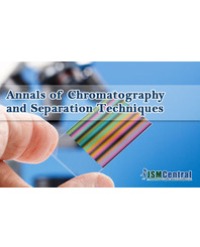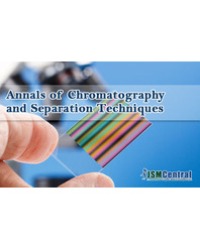
Current Trends in Lignocellulosic Analysis with Chromatography
The conversion of lignocellulosic biomass into biofuel and biomaterial is promising for the substitution of fossil resources in energy and material applications. Given the complexity of plant cell wall, the main challenge is to obtain lignocelluloses with high yield and purity. For a better understanding of lignocellulosic biomass, chromatography stands out as a powerful separation method that can support the lab directed research and pilot scale production of biomaterial and biochemical. This paper provides a review on the characterization of cellulose, hemicellulose and lignin along with their derivatives and decomposed sugar monomers, in particular their isolation and purificationmethods using various specific types of chromatography. Methods with various specific types of chromatography. This review also summarizes different chromatographic methods for obtaining the molecular weights of cellulose, hemicellulose and lignin that have been used in recent years, and highlights future opportunities for the application of those biopolymers.
Fengbo Sun¹ and Qining Sun²*

